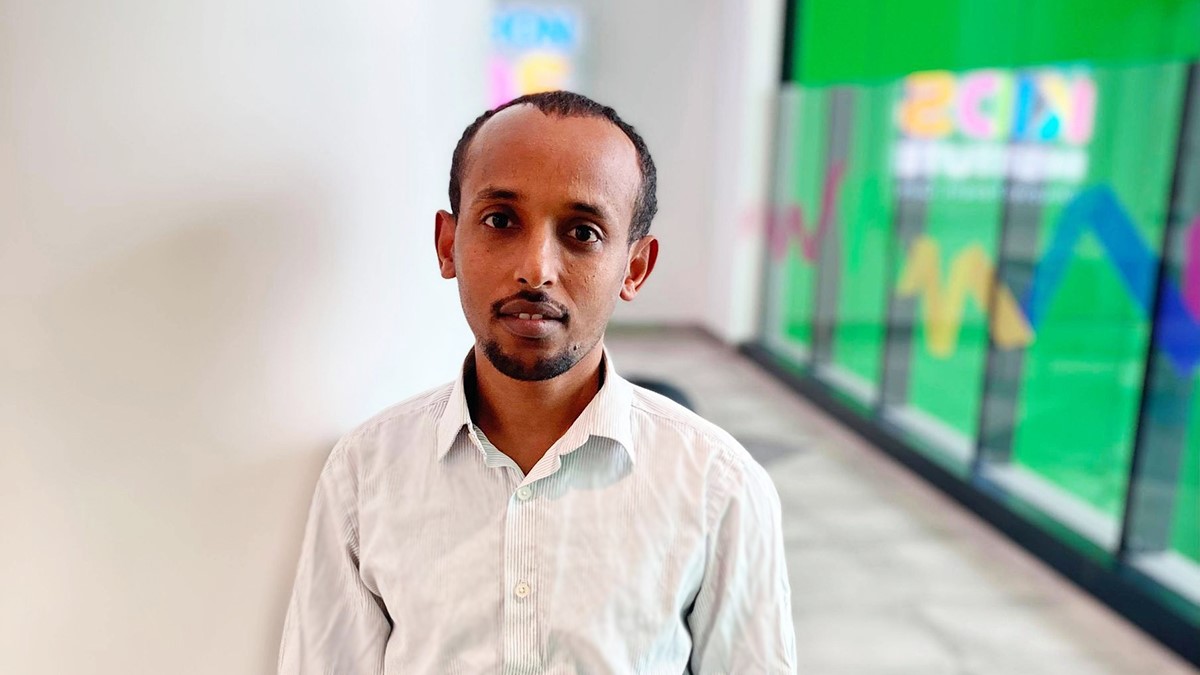Search
Research
Data utilisation and factors influencing the performance of the health management information system in TanzaniaHealth Management Information System (HMIS) is a set of data regularly collected at health care facilities to meet the needs of statistics on health services. This study aimed to determine the utilisation of HMIS data and factors influencing the health system's performance at the district and primary health care facility levels in Tanzania.

News & Events
Sophisticated new modelling suggests keeping mask mandate could prevent 147,000 COVID-19 casesWA’s current Omicron COVID-19 outbreak could jump by 147,000 cases if mask mandates are abandoned before the Easter long weekend, according to sophisticated new modelling.

News & Events
New study identifies African ‘hotspot’ for highly infectious diseasesA regional corner of Africa is a hotspot for cases of HIV, tuberculosis and malaria, prompting researchers to call for targeted health support rather than a national response.
Research
Comodity forecastingProject description This project support the development of 10-year global forecasts of nets, insecticides, diagnostics, and treatments for malaria
Research
Geospatial joint modeling of vector and parasite serology to microstratify malaria transmissionThe World Health Organization identifies a strong surveillance system for malaria and its mosquito vector as an essential pillar of the malaria elimination agenda. Anopheles salivary antibodies are emerging biomarkers of exposure to mosquito bites that potentially overcome sensitivity and logistical constraints of traditional entomological surveys.
Research
Trends in treatment-seeking for fever in children under five years old in 151 countries from 1990 to 2020Access to medical treatment for fever is essential to prevent morbidity and mortality in individuals and to prevent transmission of communicable febrile illness in communities. Quantification of the rates at which treatment is accessed is critical for health system planning and a prerequisite for disease burden estimates.
Research
Global, regional, and national mortality among young people aged 10–24 years, 1950–2019: a systematic analysis for the Global Burden of Disease Study 2019Documentation of patterns and long-term trends in mortality in young people, which reflect huge changes in demographic and social determinants of adolescent health, enables identification of global investment priorities for this age group. We aimed to analyse data on the number of deaths, years of life lost, and mortality rates by sex and age group in people aged 10-24 years in 204 countries and territories from 1950 to 2019 by use of estimates from the Global Burden of Diseases, Injuries, and Risk Factors Study (GBD) 2019.
Research
Risk factors associated with unsuccessful tuberculosis treatment outcomes in Hunan Province, ChinaGlobally, China has the third highest number of tuberculosis (TB) cases despite high rates (85.6%) of effective treatment coverage. Identifying risk factors associated with unsuccessful treatment outcomes is an important component of maximising the efficacy of TB control programmes.
Research
WALLABY Pre-Pilot Survey: The effects of angular momentum and environment on the H i gas and star formation properties of galaxies in the Eridanus supergroupWe use high-resolution ASKAP observations of galaxies in the Eridanus supergroup to study their H i, angular momentum, and star formation properties, as part of the WALLABY pre-pilot survey efforts.
Research
A fractional land use change model for ecological applicationsBy mapping land use under projections of socio-economic change, ecological changes can be predicted to inform conservation decision-making. We present a land use model that enables the fine-scale mapping of land use change under future scenarios. Its predictions can be used as input to virtually all existing spatially-explicit ecological models.
